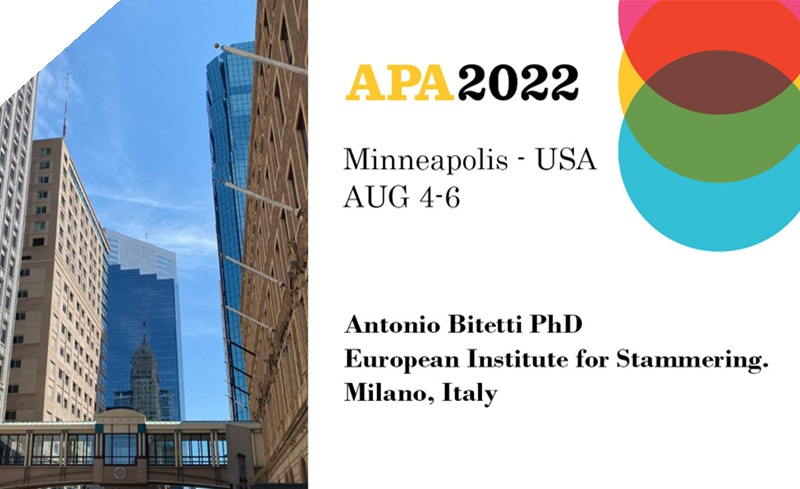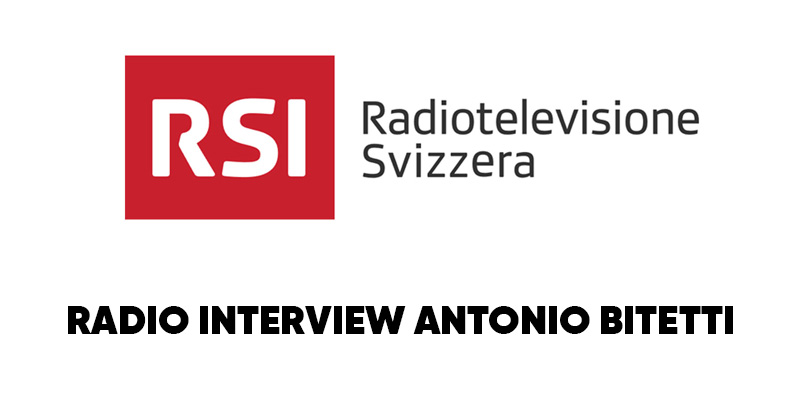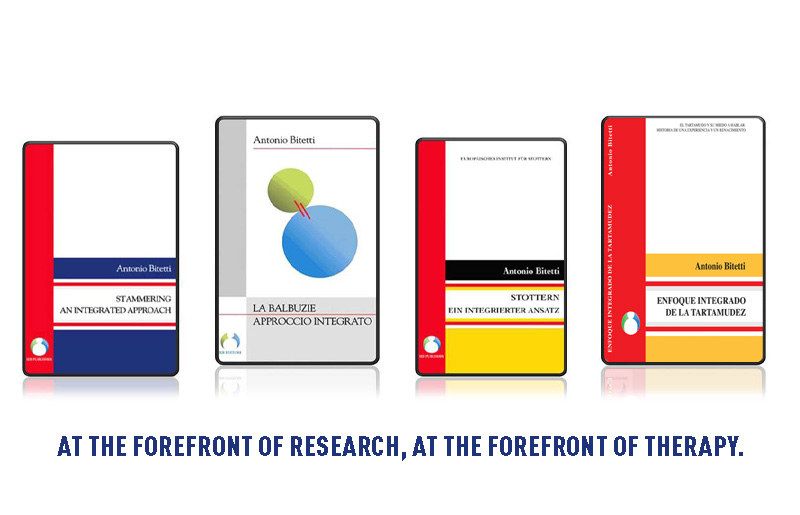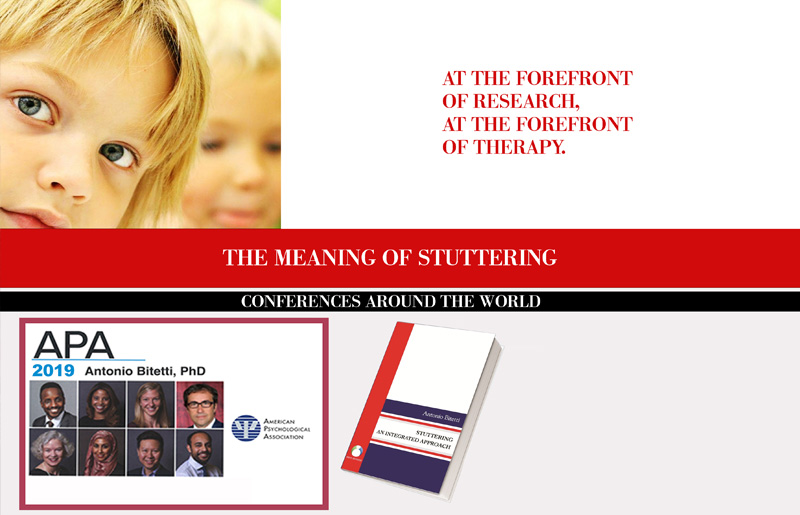The treatment of stuttering in adolescents also allows us to address the relational and social dynamics that can be complex at this age.
As we all know, adolescence is a delicate phase of human development, a transition phase from childhood to adulthood. In this period, quite troubled and tumultuous, the adolescent is engaged in the search for himself, in knowing himself better, in preparation for those personal and social commitments, typical of the adult phase. One of the first to deal with this phase of growth was (Stanley Hall, New York, 1904), with his important editorial work.
Stanley Hall conceived adolescence as a kind of new birth, in which the personality structures are completely renewed. He highlighted a clear discontinuity between the experiences of the child and those of the adolescent, also linked to a different basic attitude, for which the child tends to turn his attention towards external reality, while the adolescent is constantly oriented towards his inner life.
The passage from childhood to adolescence is something revolutionary; it marks the entrance into a sphere of experiences dominated by conflicts, contradictions, sudden oscillations, extreme attitudes. All this would be a necessary consequence of physiological development and sexual maturation.
In fact, with the advent of Freudian psychoanalytic culture, just after that of Stanley Hall, the concept of “latency period” is introduced, which acts as a mediation between childhood and the explosion of puberty (S. Freud, Turin, 1970).
Later, (Melania Klein, Florence, 1969) will write that the efforts that the adolescent makes are aimed at avoiding anxiety or modifying it.
The adolescent develops various interests and activities, in order to dominate the sensation of fear and anxiety, to find hypercompensation and to hide the anxiety from himself and others. He partially achieves this goal by assuming the attitude of defiance and rebellion characteristic of puberty.
It has been known for some time, even if the statistics are not widely updated, that 2-3% of the population is affected by stuttering and these are statistics from the World Health Organization (WHO). Therefore, it is easy to imagine how interesting it is to know what is done in the field of stuttering therapy, especially in a delicate group such as adolescents and young adults.
The presence of a large population of stuttering adolescents and adults says a lot about the fact that much more could not be done in childhood, or was not known how to do. It goes without saying that many sacrifices have been made by families with stuttering children, precisely because of the impossibility of finding adequate answers in the right time to try to reverse the condition.
So much so that in the field of stuttering intervention there is a large presence of ex-stutterers, self-treated or treated with re-educational models, who try to propose phonetic-based settings, the result of an always re-educational and symptomatic conception of the problem. But deep down, the person who stutters knows that the internal situation is not as simple as it is portrayed.
How to treat a stuttering teenager
In the stuttering adolescent, language difficulty can have strong repercussions on the normal evolution of the character, which is already difficult at that age. Moments of isolation can arise in not being able to express oneself adequately with the peer group, also showing signs of strong self-depreciation and sometimes even self-pity, with marked depressive overtones.
All aspects that must make us reflect on the importance of a problem, which is expressed in language as the final data of the symptomatology, but which affects a much wider sphere, that of one’s personality and above all, the way of thinking about oneself in relation to others. Without effective change processes, the stuttering child or adolescent is at high risk of becoming a stuttering adult, with serious impairment of the relational structure, at the various operational levels of the entire personality.
This is why it is highly reductive to think of the problem of stuttering as a simple language problem. Thinking this way, severely limits the whole discussion and neglects the importance of the psychological and relational meaning that language represents for the human being in his daily interaction.
Those who are stuck in believing that stuttering is just a simple disorder of verbal fluency, as usually happens in the culture set on the simple verbal re-education of stuttering, tend to lose sight of the highly psychological value of language, an extremely sophisticated tool that the human race has developed to convey thoughts and emotions.
The presence of a large population of adolescent and adult stutterers says a lot about the fact that much more could not be done in childhood, or was not known how to do. It goes without saying that many sacrifices have been made by families with stuttering children, precisely because of the impossibility of finding adequate answers in the right time to try to reverse the condition.
So much so that in the field of stuttering intervention there is a large presence of ex-stutterers, self-treated or treated with re-educational models, who try to propose phonetic-based settings, the result of a conception of the problem that is always re-educational and symptomatic. But deep down, those who stutter know that the internal situation is not as simple as they want to make it out to be. The stutterer knows his internal fears, the rigid positions from a cognitive point of view, the irrationality of some of his ideas and that they go to undermine the realistic possibility of having an adequate interpersonal relationship.








